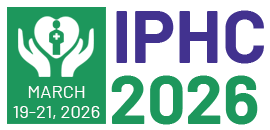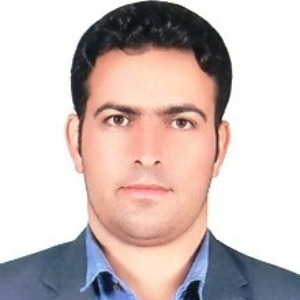Title : The emerging contamination of micro plastics in the environment and its effects on human health
Abstract:
Microplastics (MPs)—plastic particles less than 5 mm in size—have rapidly evolved from an environmental curiosity to a global public health concern. While their presence in oceans and soils is well documented, growing evidence confirms human exposure through ingestion of contaminated food and water, inhalation of airborne fibers, and even transplacental transfer. Recent studies have detected MPs in human blood, lungs, placenta, and feces, underscoring systemic internalization and raising urgent questions about their health implications. The health risks of microplastics stem from three interrelated mechanisms: physical damage, chemical toxicity, and vector effects. Their small size and irregular shape enable cellular uptake, triggering inflammation, oxidative stress, and potential genotoxicity. Moreover, MPs often contain or adsorb hazardous substances—including endocrine-disrupting additives (e.g., phthalates, bisphenol A) and environmental pollutants like polycyclic aromatic hydrocarbons (PAHs) and heavy metals. Acting as carriers, MPs can deliver these co-contaminants deep into tissues, amplifying toxic effects. Preliminary toxicological data link MP exposure to metabolic disturbances, immune dysfunction, reproductive toxicity, and neuroinflammation, particularly in vulnerable groups such as children and pregnant women.Although long-term epidemiological evidence in humans remains limited, the biological plausibility of harm warrants a precautionary approach. Addressing this emerging threat requires a dual strategy: reducing exposure and strengthening regulatory and scientific frameworks. At the source, policies must curb plastic production—especially single-use items—and ban non-essential microplastics (e.g., in cosmetics and cleaning products). Transitioning to circular economy models that prioritize reuse, recycling, and truly biodegradable alternatives can significantly limit environmental leakage. Wastewater and drinking water treatment plants need advanced filtration technologies (e.g., membrane bioreactors, granular activated carbon) to capture MPs before they enter ecosystems or human consumption streams. On the research front, standardized methods for MP detection, characterization, and dose–response assessment in biological matrices are critically needed to enable robust risk assessment. Longitudinal human studies should prioritize biomonitoring and health outcome tracking, particularly for high-exposure occupations (e.g., textile workers, urban populations). Public health agencies must integrate microplastic risk into environmental health guidelines and food safety monitoring. In conclusion, microplastics represent a stealthy but pervasive hazard with plausible pathways to significant health impacts. While science continues to unravel the full scope of risk, the precautionary principle demands immediate action. A coordinated response—spanning policy, innovation, and public engagement—is essential to protect current and future generations from this invisible threat. Prioritizing human health in plastic pollution mitigation will not only curb microplastic contamination but also advance broader goals of environmental sustainability and planetary health.



